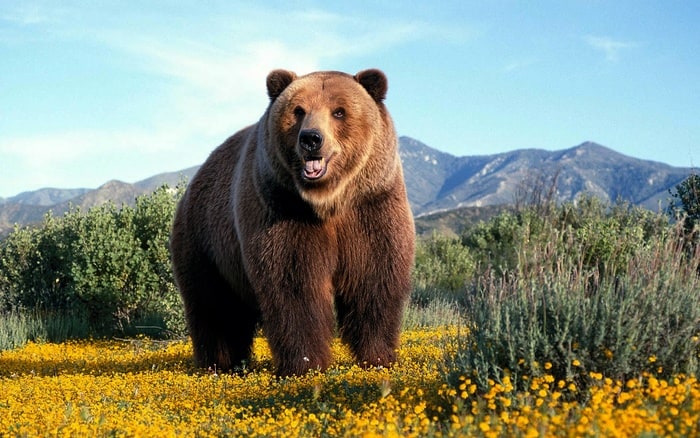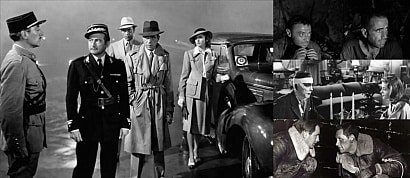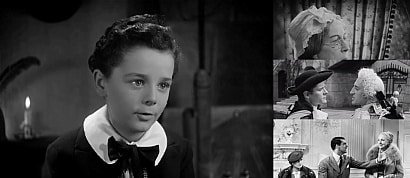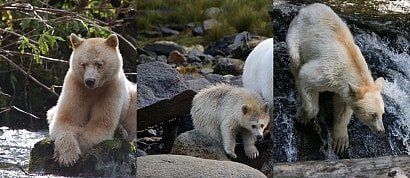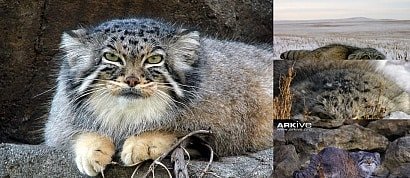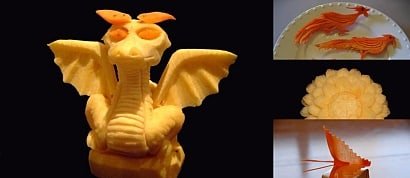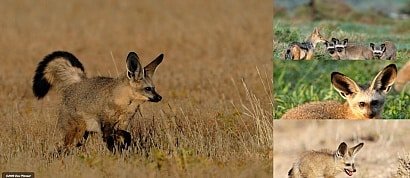A list of my favorite images of grizzly bears.
List #2 may be viewed here: www.listal.com/list/favorite-images-grizzly-bears-katherinejohns
en.wikipedia.org/wiki/Grizzly_bear
The grizzly bear (Ursus arctos ssp.) is a large subspecies of brown bear inhabiting North America.
Scientists generally do not use the name grizzly bear but call it the North American brown bear.
Multiple morphological forms sometimes recognized as subspecies exist, including the mainland grizzly (Ursus arctos horribilis), Kodiak bear (U. a. middendorffi), peninsular grizzly (U. a. gyas), and the recently extinct California grizzly (U. a. californicus) and Mexican grizzly bear (U. a. nelsoni). On average bears near the coast tend to be larger while inland grizzlies tend to be smaller.
The Ussuri brown bear (U. a. lasiotus) inhabiting Russia, Northern China and Korea is sometimes referred to as black grizzly although it is a different subspecies from the bears in America.
Most adult female grizzlies weigh 130–180 kg (290–400 lb), while adult males weigh on average 180–360 kg (400–790 lb). Newborn bears may weigh less than 500 grams (1.1 lb).
Average total length in this subspecies is 198 cm (6.50 ft), with an average shoulder height of 102 cm (3.35 ft) and hindfoot length of 28 cm (11 in).
Although variable in color from blond to nearly black, grizzly bear fur is typically brown with darker legs and commonly white or blond tipped fur on the flank and back. A pronounced hump appears on their shoulders; the hump is a good way to distinguish a grizzly bear from a black bear, as black bears do not have this hump.
Aside from the distinguishing hump a grizzly bear can be identified by a "dished in" profile of their face with short, rounded ears, whereas a black bear has a straight face profile and longer ears. A grizzly bear can also be identified by its rump, which is lower than its shoulders, while a black bear's rump is higher. A grizzly bear's front claws measure about 2-4 inches in length and a black bear's measure about 1-2 inches in length.
The grizzly bear is, by nature, a long-living animal. The average lifespan for a male is estimated at 22 years, with that of a female being slightly longer at 26. Females live longer than males due to their less dangerous life; avoiding the seasonal breeding fights in which males engage.
The oldest wild inland grizzly was 34 years old in Alaska; the oldest coastal bear was 39 but most grizzlies die in their first few years of life from predation or hunting. Captive grizzlies have lived as long as 44 years.
Although grizzlies are of the order Carnivora and have the digestive system of carnivores, they are normally omnivores: their diets consist of both plants and animals. They have been known to prey on large mammals, when available, such as moose, elk, caribou, white-tailed deer, mule deer, bighorn sheep, bison and even black bears; though they are more likely to take calves and injured individuals rather than healthy adults.
Grizzly bears feed on fish such as salmon, trout, and bass, and those with access to a more protein-enriched diet in coastal areas potentially grow larger than inland individuals. Grizzly bears also readily scavenge food or carrion left behind by other animals.
Grizzly bears will also eat birds and their eggs, and gather in large numbers at fishing sites to feed on spawning salmon. They frequently prey on baby deer left in the grass and occasionally they raid the nests of raptors such as bald eagles.
Grizzly bears hibernate for 5–7 months each year except where the climate is warm, as the California grizzly did not hibernate.
During this time, female grizzly bears give birth to their offspring, who then consume milk from their mother and gain strength for the remainder of the hibernation period.
To prepare for hibernation, grizzlies must prepare a den and consume an immense amount of food as they do not eat during hibernation. The male grizzly bear's hibernation ends in early to mid-March, while females emerge in April or early May.
Added to
17 votes
National Geographic
(5 lists)list by Stepan_Kant
Published 6 years, 6 months ago  2 comments
2 comments
 2 comments
2 commentsPeople who voted for this also voted for
la Policìa
a message (3)
Helena Heiselberg (Danish Model)
Into the Sun
Brilliant mit Brille
Flower Shop and Florist - Movies
Escape - Movie
Barbara Hershey Best Movies
Aunt and Nephew - Movies
Actors Who Played Courtroom Judge
Fictional Architect in Films
i touch my face
Pier Scenes - Movies
Vegetables & Fruits Scenes - Movies
Female Characters Wearing Headscarf - Movies
More lists from kathy
Favorite Images of Kermode Bears
Favorite Images of Pallas's Cats
Dogs Sticking Their Heads Out of Car Windows
Favorite Images of Bengal Tigers
Favorite Images of Chimpanzees
Swede and Carrot Sculptures
Favorite Images of Bat-Eared Foxes
 Login
Login